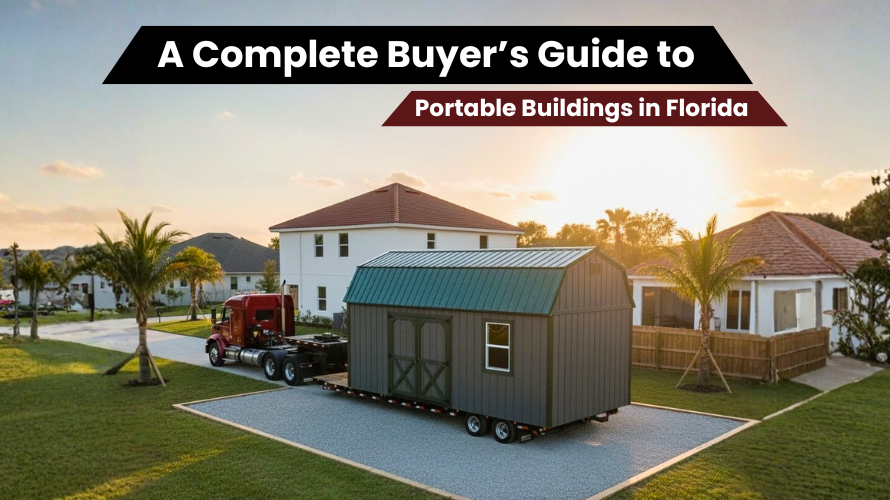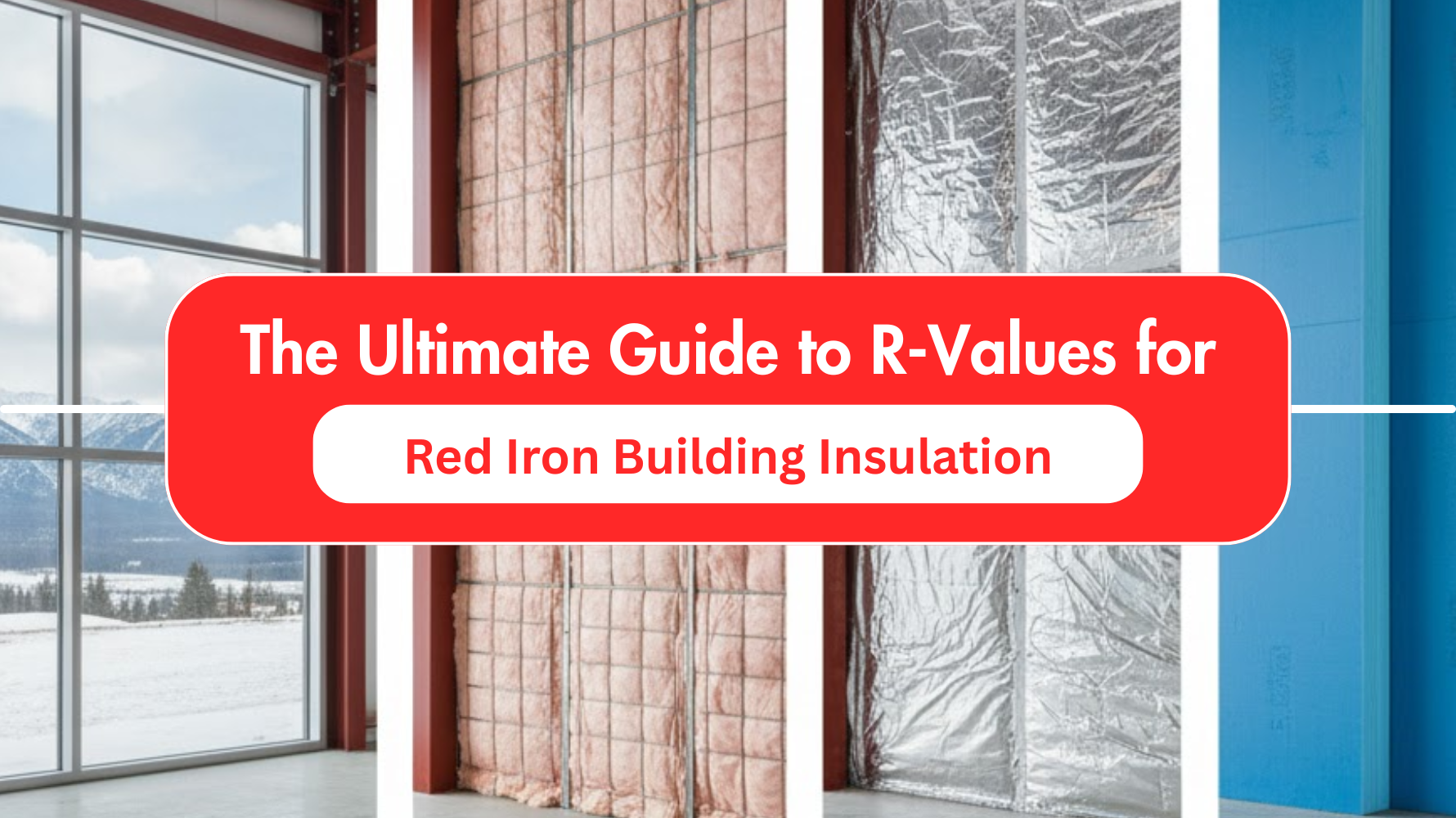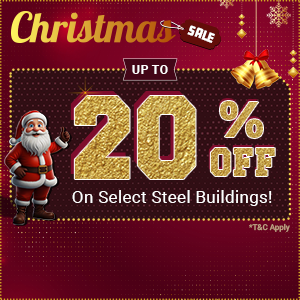
How to Protect Your Portable Building From Florida Hurricanes
TL;DR:
Remember these three core areas:
- Anchoring (a proper tie-down system is non-negotiable),
- Location (away from trees and on high ground to avoid floodwater and flying debris),
- Building Integrity (getting a structure with a reinforced roof and doors).
Proactive preparation is far cheaper and easier than post-storm repairs. Your shed's survival hinges on these key steps.
Don't Let Your Storage Become a Projectile
If you've lived in Florida, you know how it rolls- sunshines, beaches, and the ever-present threat of hurricanes. While you're busy safeguarding your home, your portable building is generally overlooked. An unsecured shed or storage building can become a dangerous missile in high winds, causing damage to your property and surroundings. Protecting it isn't just about safeguarding your lawn equipment or business inventory- it's about community safety and ensuring your investment lasts for years, not just a tough season.
Choose the Right Building Type & Material: The First Line of Defense
The best hurricane protection starts before you even buy your building. The material you choose decides the strength.
| Building Type | Description |
|---|---|
| Wooden Buildings |
A classic choice with evergreen appeal. The traditional look comes with serious strength, but you've got to know what to look for. A solid 2x4 roof truss & walls in thick plywood are perfect, not that waferboard OSB that falls apart in damp weather.
In Florida, pressure-treated wood floors & frames are a non-negotiable to keep rot at bay from all the moisture and rain exposure. Its solid wood construction withstands the storm, but you'll need to be vigilant with its upkeep. |
| Metal Buildings | This one’s highly resistant to wind & water when properly engineered. A galvanized steel building won't rot or rust easily if the coating is high-quality. The key is the steel's gauge (thickness)- a lower number means a thicker, stronger panel. Ensure the design includes robust roof purlins and wall girts to prevent the metal from "oil-canning" (buckling) in the wind. |
| Vinyl/Resin Buildings | Although affordable and low-maintenance, they are the least suitable for hurricanes. Over time, they become brittle from UV exposure and lack the structural integrity to withstand high winds. It's preferable for light-duty storage in sheltered locations. |
Proper Foundation & Anchoring: Your Non-Negotiable Safety Step
This is the most critical factor. A building that isn't anchored is just a kite waiting for wind.
-
Foundation Matters: A level, solid foundation is crucial.
-
Gravel: Provides good drainage but is not a stable anchor point by itself.
-
Concrete Piers/Slab: The gold standard. It provides a substantial weight and a solid, immovable base for anchoring systems.
-
Dirt/Grass: Best avoided. It shifts, settles, and becomes soft & unstable during heavy rain.
-
Anchoring Systems: You must physically tether the building to the ground.
-
Earth Drive Anchors & Straps: These are large, corkscrew-like anchors driven deep into the ground. Heavy-duty ratchet straps are then attached from the anchor to the building's frame. This is the most common and effective method for portable buildings.
-
Auger Anchors: Similar to earth drives with a larger helix, giving you more holding power.
-
Concrete Anchors: With a concrete slab, the anchors will be drilled & sealed into the concrete, holding the structure firmly to the ground.
Our Tip: Never depend simply on the building's weight. Always use a professionally installed, code-compliant anchoring system.
Location & Site Prep: Out of Harm's Way
Where you build is a significant part of your storm strategy.
-
Avoid the Danger Zone: Don't build under large, old trees with shallow root systems (like some pines or oaks). High winds can turn branches- or the entire tree- into a battering ram.
-
Keep Flooding Issues in Mind: Florida storms bring torrential rain. Build your structure on the highest ground possible. Even a few inches of elevation can prevent light floods from seeping in.
-
Use Natural Windbreaks: Position the building along a sturdy fence or a group of smaller shrubs. This won't stop a hurricane, but it can reduce the wind load.
Storm-Resistant Features & Customizations
Modern portable buildings can be customized with hurricane-ready features. If you already own one, many of these can be retrofitted.
-
Reinforced Doors & Roofs: The door is the weakest section of your building. Go for double doors that have a sturdy internal frame and heavy-duty hinges. When selecting the roof, look for hurricane straps or clips that connect the trusses to the wall frame, preventing them from ripping the wall off.
-
Impact-Resistant Openings: Windows are the second-most vulnerable points. Consider installing hurricane shutters or using pre-cut plywood.
-
Wind-Resistant Siding: Ensure the siding material (metal or wood panels) is screwed, not just nailed, to the frame. Screws have far superior withdrawal resistance.
Emergency & Maintenance: Your Pre-Storm Checklist
When a storm is forecast, your action plan's got to be quick & efficient.
Pre-Storm:
- Secure all loose items outside the building (pots, tools, decorations).
- Clear debris from the gutters and around the building to ensure proper drainage.
- Double-check all doors and windows to ensure they are securely locked & latched.
- Move valuables from the floor onto the shelves in case of minor flooding.
Post-Storm:
- Inspect structural damage, loose siding, or roof damage before entering.
- Check the anchor straps for tension and damage.
- Look for water seepage or intrusion and dry the interior.
Seasonal Maintenance: Inspect your anchors and straps once a year for rust or wear. Reseal any cracks in wooden buildings and ensure all screws & bolts are tight.
Insurance & Compliance: Cover Your Assets
-
Insurance: Most homeowner's insurance policies have limits on coverage for "other structures," such as sheds. Call your agent to verify your coverage limits for wind and flood damage. You may need a rider or separate policy to fully cover a valuable storage building, especially if you use it for business equipment.
-
Florida Building Code: At Buildings and More, we understand the local wind-speed requirements for your region. We ensure the building and anchoring system is engineered to meet existing codes.
Build with Confidence, Weather the Storm
Protecting your portable building from a Florida hurricane is about making the right choices and taking prompt action: a code-built structure, professional anchoring, and proper placement. This is a non-negotiable for a lasting structure.
At Buildings And More, we deliver solutions built for Florida's nasty weather. Our buildings are engineered with strength and resilience with nature's worst calamities in mind.
Ready for a building that can stand up to all things Florida?
Call us at (386)755-6449 today for a free quote, and let's build you the strongest ever, together.
FAQ's
What is the best anchor for a portable building in Florida?
- Earth drive anchors with heavy-duty straps are the most common and effective for Florida's sandy soil.
Can a portable building withstand a Category 3 hurricane?
- It can, if it is structurally sound, properly anchored to a concrete foundation, and has reinforced doors and a roof.
Do I need a permit to install a portable building in Florida?
- Yes, most Florida counties require a permit for portable buildings to ensure they meet wind load and anchoring codes.
How much does it cost to hurricane-proof a shed?
- A professional anchoring system typically costs between $200 and $600, which is a small price for significant protection.
Should I empty my portable building before a hurricane?
- It's a good idea to remove high-value or irreplaceable items, but securing the structure itself is the most critical task.








